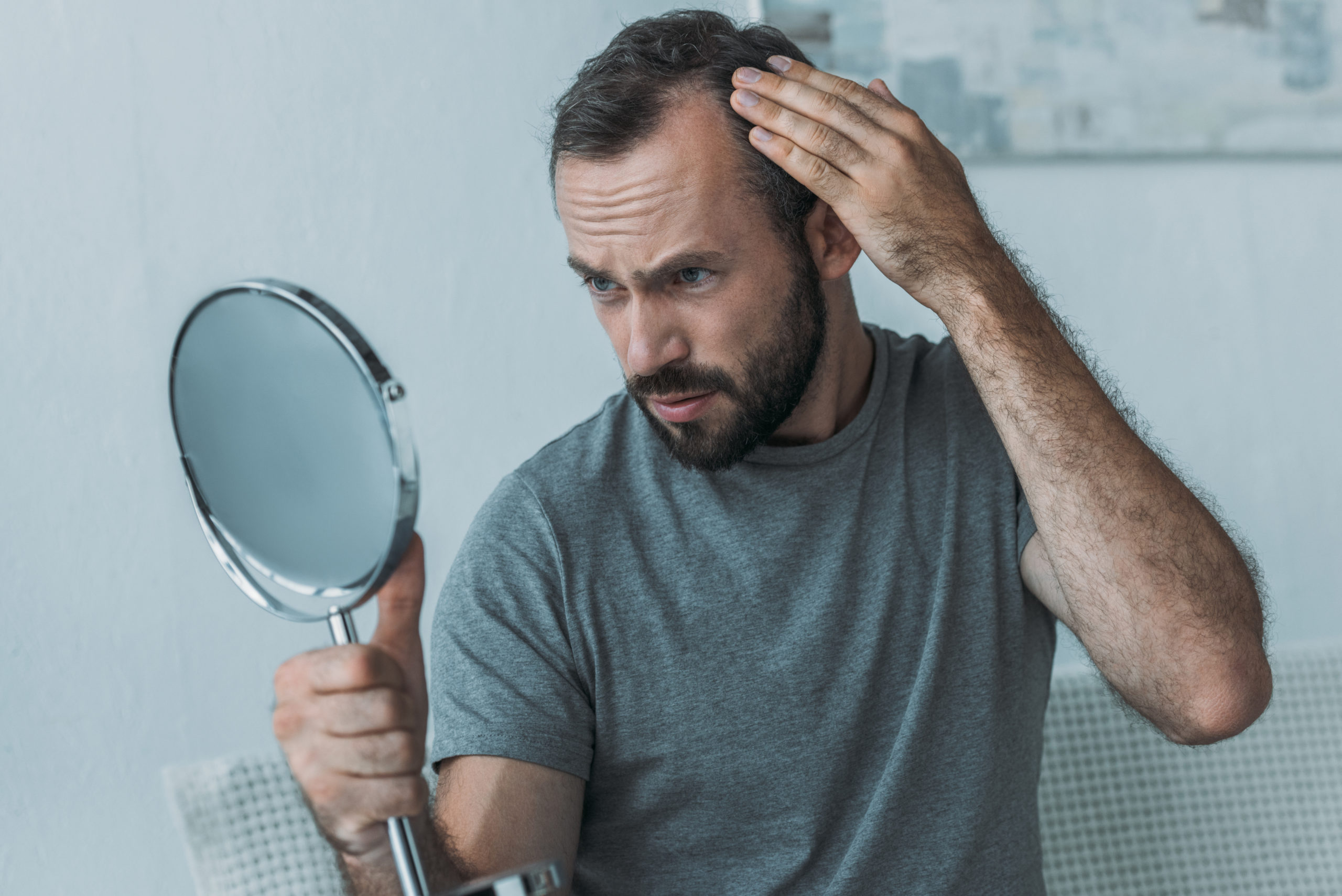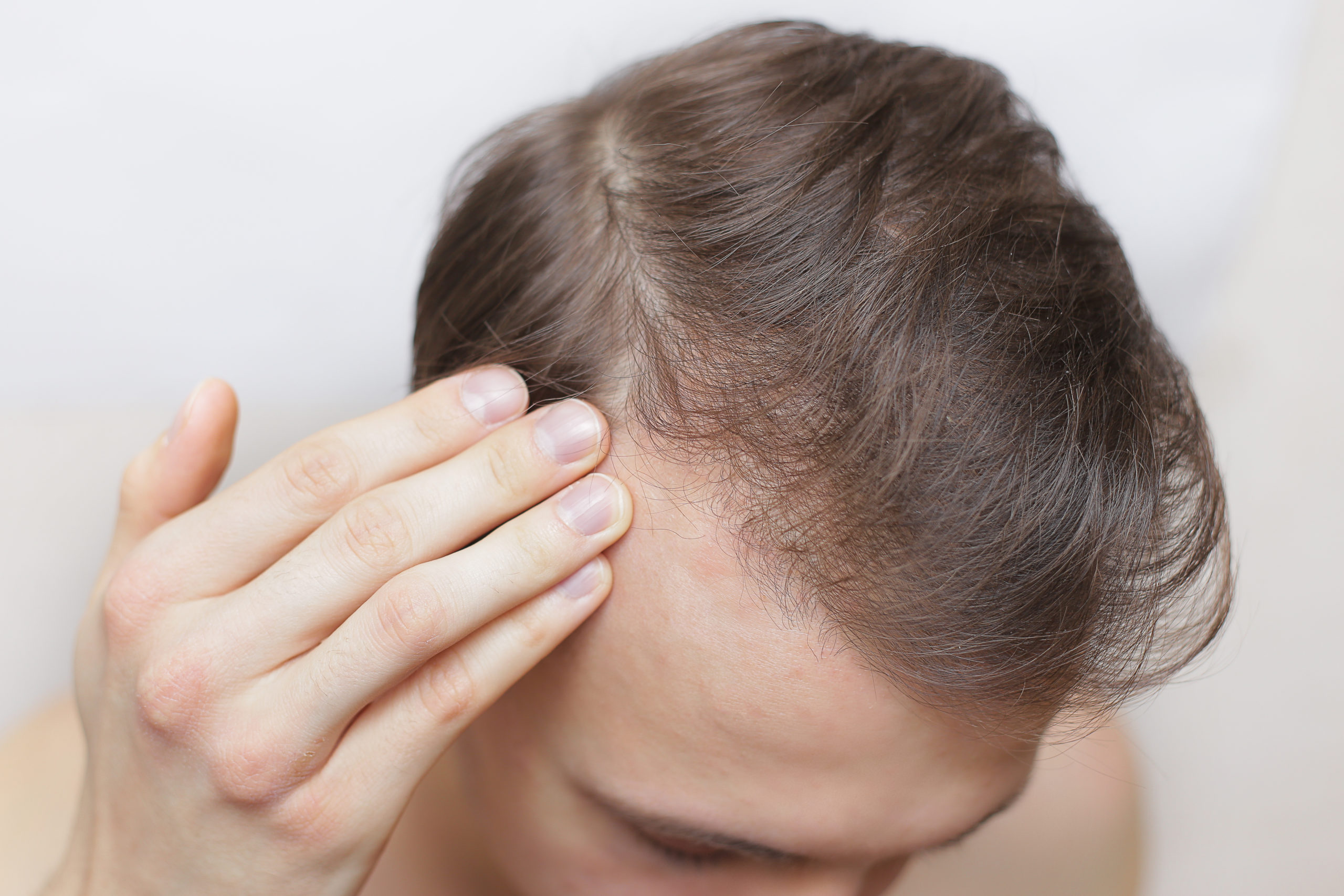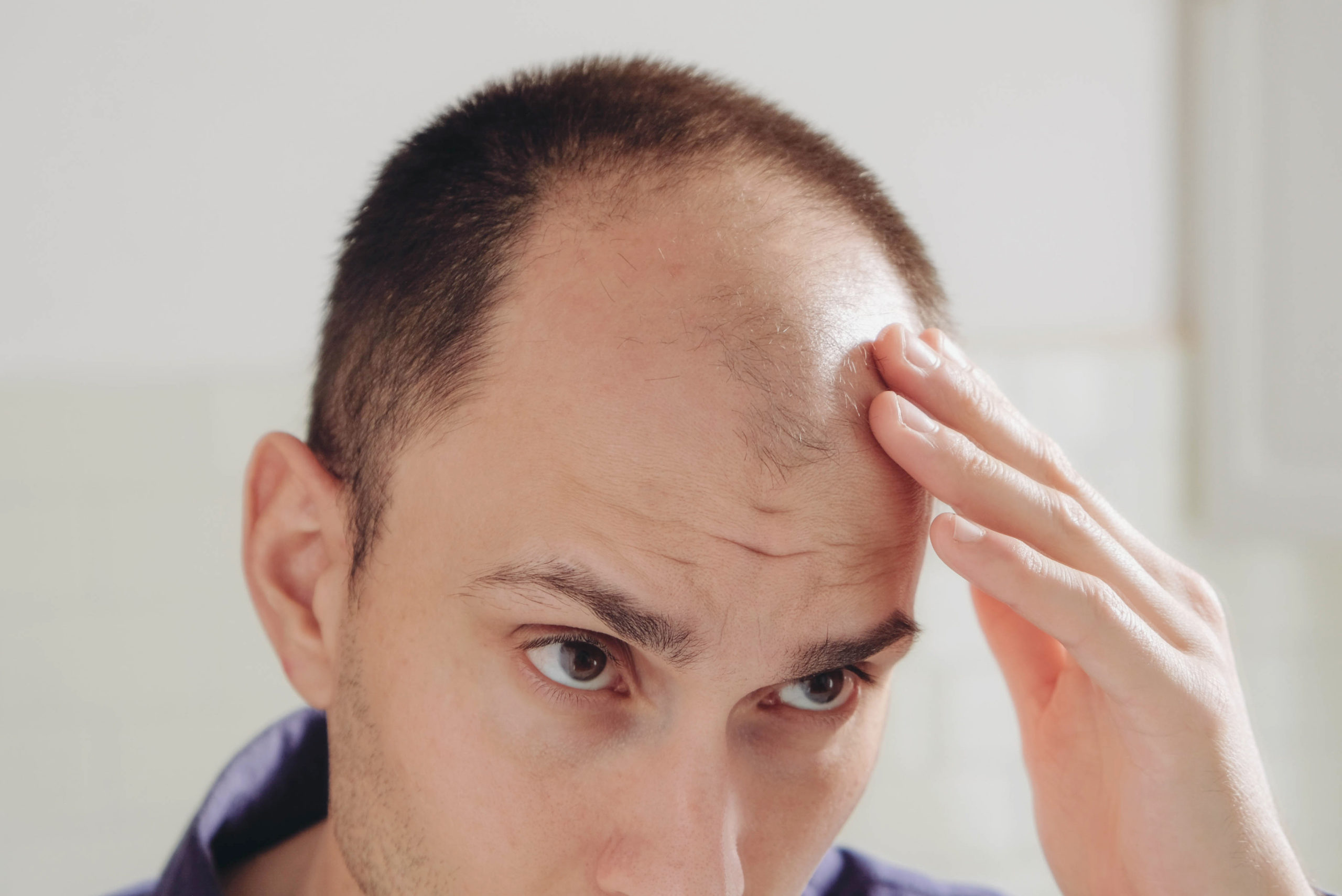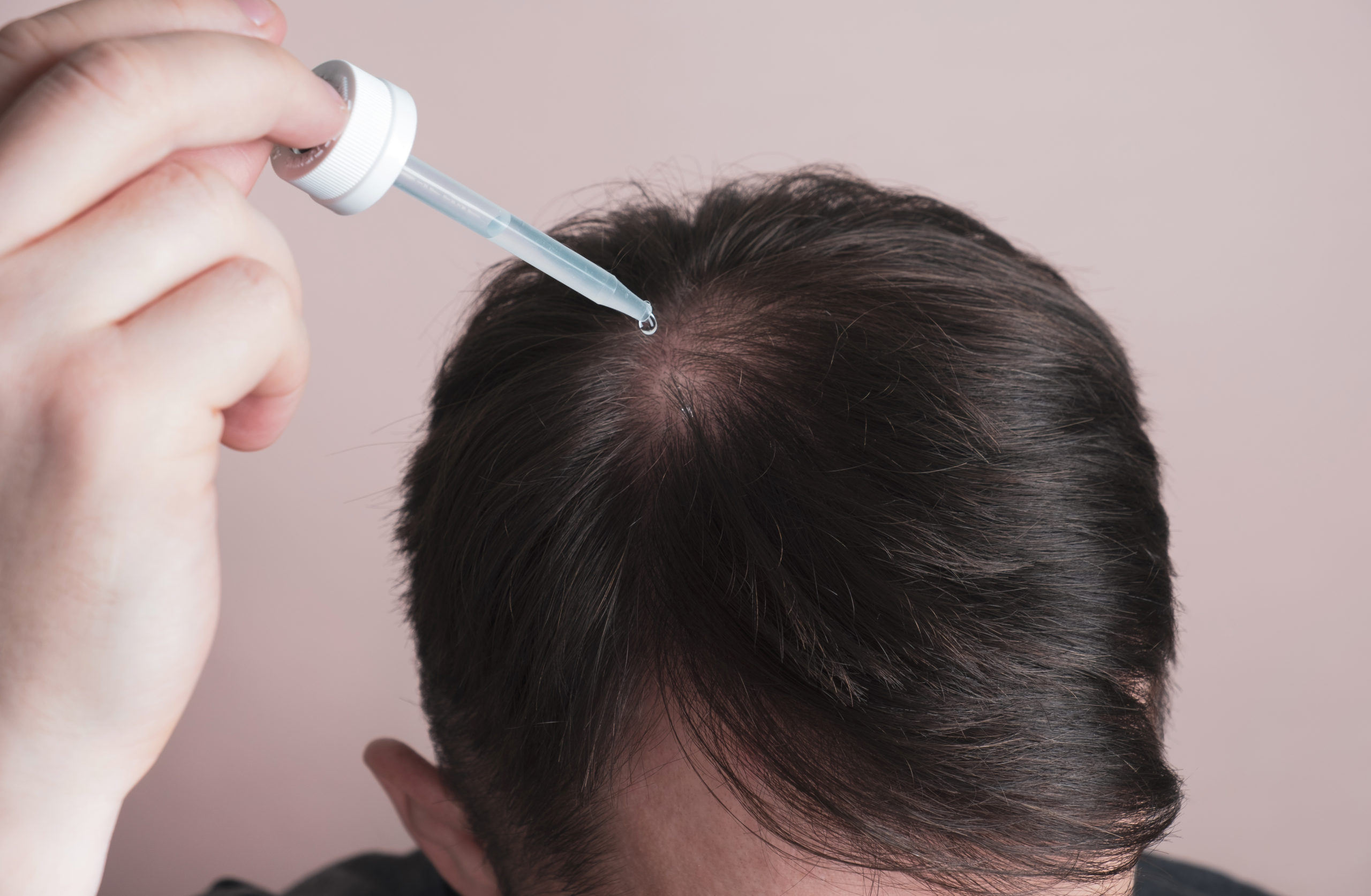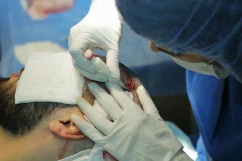Hair Fall – What are the Causes and Best Treatment Options?
Alopecia, i.e., hair fall, can affect your entire body or simply your scalp, and it can be transient or permanent. It might be caused by genetics, hormonal imbalance, medical problems, or just ageing. Furthermore, hair loss is more common in males than in women.
When a person’s hair falls out and is not replaced by new hair, this is known as hair loss. Losing hair strands may be more visible in those with longer hair because you’ll be able to see the strands more easily when they are on the floor or clogging the shower drain.
Excessive hair loss from the scalp is referred to as baldness. Some people prefer to go bald with age, whereas others choose one of the many treatments available to prevent further hair loss or to encourage hair growth.
Summary
- What Does Hair Fall Look Like?
- What Causes Hair to Fall Out?
- How Can I Stop My Hair From Thinning?
- Conclusion
What Does Hair Fall Look Like?
Depending on the reason, hair fall can appear in a variety of ways. It might hit you suddenly or slowly, and it can affect your entire body or just your scalp.
Some of the Main Symptoms of Hair Loss are as Follows:
- A Gradual Thinning on the Top of the Head
This is the most prevalent form of hair loss, and it often occurs as individuals age as part of androgenetic alopecia. Men’s hair starts to recede towards the hairline on the forehead whereas, women’s hair has a widening of the parting. In elderly women, a receding hairline is an increasingly common trend as part of female pattern hair loss. - Bald Patches that are Round or Coin-Shaped
Some people lose hair in circular or spotty bald spots on their head, beard, and brows. Your skin may feel itchy or unpleasant before the hair falls out. - Sudden Hair Fall
Hair can become brittle as a result of physical or mental strain also known as telogen effluvium. A few strands of hair may come out when combing or washing your hair or even after considerable pulling. This is associated with hair thinning and is usually only transitory not causing permanent hair loss. - Hair Loss All Over the Body
The loss of hair can occur due to some medical illnesses and treatments, such as chemotherapy for cancer. Hair generally regrows on its own. - Scaling Patches that Extend Throughout the Scalp
Breakage, redness, swelling, and flaky skin are among the symptoms that might occur with hair fall due to inflammation of the hair follicles.
When Should I See a Doctor About My Hair?
See your doctor as soon as possible if you are experiencing persistent hair fall and would like to seek treatment to reverse hair loss. The sooner you speak to a hair restoration surgeon, the more hair you will be able to salvage. If you leave your hair loss for too long then it’s likely that you will not be able to recover as much hair as you would if you sought treatment early on.
Furthermore, sudden hair loss might be a sign of a severe medical condition that needs to be treated. Thus, seeking advice quickly is recommended in order to resolve the underlying condition.
What Causes Hair to Fall Out?
Every day, people shed 50 to 100 hairs on average. Because new hair grows in at the same time, this is typically undetectable. When a person’s hair falls out and is not replaced by new hair, this is known as hair loss.
Common Causes of Hair Loss Include:
- Family History (Genetics)
A genetic disorder that occurs with ageing is the most prevalent cause of hair loss. Androgenic alopecia is a condition that affects both men and women. It is sometimes known as male-pattern baldness or female-pattern baldness. It shows up as a receding hairline and bald patches in men and as thinning hair around the top of the head in women. - Hormonal Shifts and Medical Problems
Pregnancy, childbirth, menopause, and thyroid problems are just a few of the conditions that can cause permanent or temporary hair loss. Medical problems include alopecia areata, an immune system ailment that causes patchy hair loss, scalp infections such as ringworm, and trichotillomania (a hair-pulling behavioural disorder). - Supplements and Medications
Hair loss can be a side effect of several drugs used to treat cancer, arthritis, depression, heart problems, gout, and high blood pressure. - Head Radiation Treatment Used to Treat Cancer
This is the temporary, total loss of hair caused by chemotherapy, however, it’s likely that the hair won’t regenerate as quickly as it did before. - A Highly Stressful Situation
After a physical or mental trauma, many people notice a general thinning of their hair several months later. This type of hair loss is temporary. - Treatments and Hairstyles
Excessive hairstyling or hairstyles like pigtails or cornrows that pull your hair tight can cause traction alopecia, a kind of hair loss. Hot-oil hair treatments and perms can also cause hair fall. Baldness might be permanent if scarring develops.
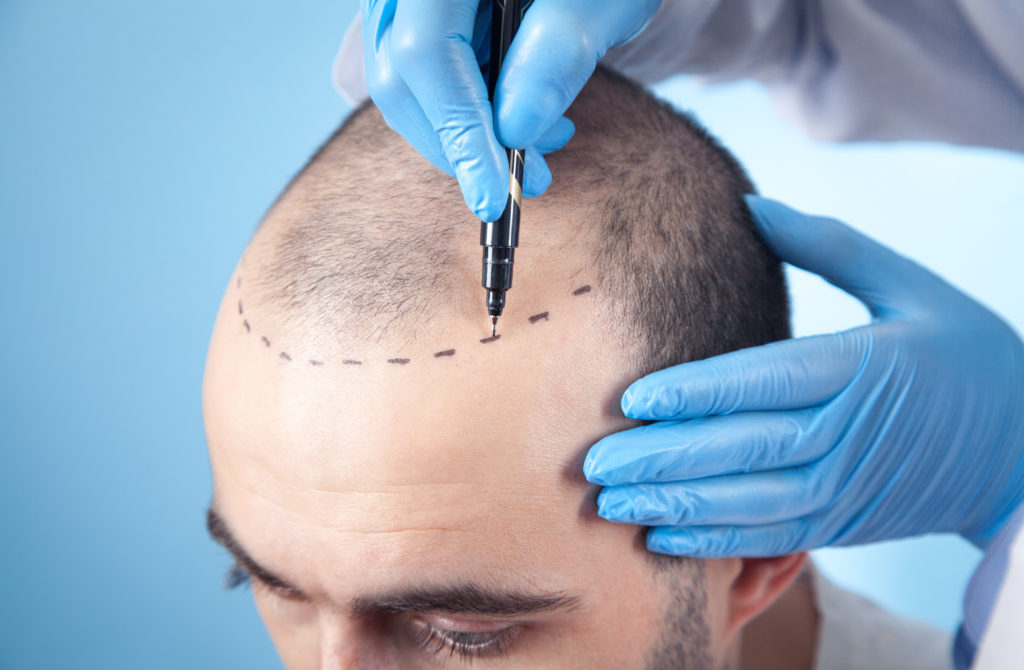
How Can I Stop My Hair From Thinning?
The bulk of baldness cases are due to genetics (male pattern baldness and female pattern baldness). This type of hair loss is highly treatable with hair transplant surgery.
Hair transplantation is becoming increasingly popular due to its excellent level of success. Thus, many men (and even women) are seeking a hair transplant treatment for hair loss.
Tips to Prevent Hair Loss:
- Be Gentle With Your Hair: Use a detangler and avoid tugging while brushing and combing your hair, especially if it’s wet. Hair can be taken out with the aid of a wide-toothed comb. Avoid using hot rollers, curling irons, hot-oil treatments, and perms. Rubber bands, barrettes, and braids may wreak havoc on your hair.
- Inquire With Your Doctor about any drugs or supplements you’re taking that might be causing hair fall.
- Protect Your Hair from UV radiation from the sun and other harmful sources.
- Stop Smoking: A connection between smoking and male baldness has been shown in certain research.
- Talk to Your Chemotherapy Doctor about receiving a cooling cap if you’re having chemotherapy. While receiving chemotherapy, this cap might help you prevent further hair loss.
Conclusion
A certain amount of hair falls out every day, which is natural. Each day, people might lose up to 100 strands. A person may have an underlying problem if they find they are losing more hair than usual. In that case, individuals should consult a doctor for guidance on the best treatment choices.
In many situations, once a doctor has treated a person’s hair loss at the root cause, it will return to its regular growth. Discuss your concerns with a hair doctor, as well as the possible causes of your hair fall. They will be able to suggest a treatment that is appropriate for you.
